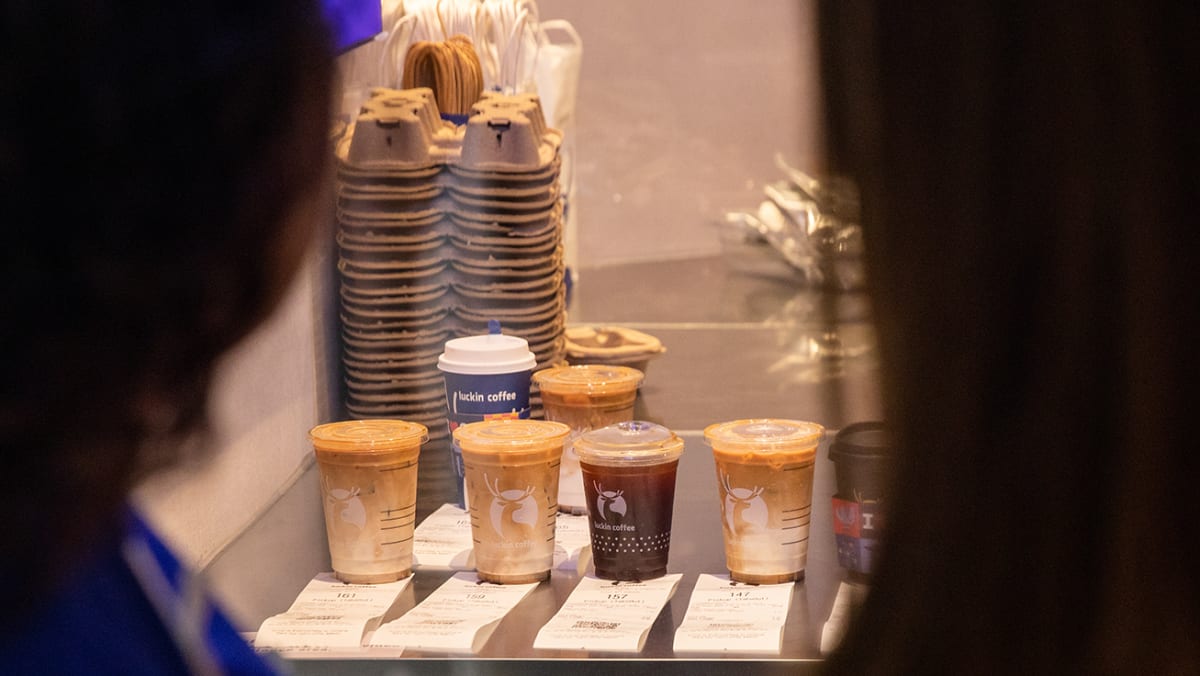
Each week, TODAY’s long-running Big Read series delves into the trends and issues that matter. This week, we look at what’s brewing in Singapore’s growing coffee landscape, and what its next frontier could look like. This is a shortened version of the full feature, which can be found here.
 By
By
Deborah Lau
For many international coffee chains, entering Singapore’s market is generally part of a larger push to expand internationally in Southeast Asia, Dr Seshan Ramaswami, an associate professor of marketing education at the Singapore Management University (SMU), told TODAY.
“Clearly for upscale chains, Singapore is an obvious choice as there is a mature market of coffee drinkers who are willing to pay high prices for good coffee and ambience.”
Since the island also receives millions of international tourists annually, “these new chains likely have loyal customers in other parts of the world, who may be a natural customer base as visitors in Singapore”, he added.
Singapore’s market is also attractive to international brands because of its low tax rates, few capital constraints, low trade barriers, and welcoming attitude towards foreign investors, said Dr Wang Peng, a business analytics lecturer at the Singapore University of Social Sciences (SUSS).
Even as international players set up shop here, more homegrown coffee chains and specialty coffee outlets are also out to stake their claim on the coffee scene.
Mr Sydney Teo, the director of Kopi & Tarts — a local brand serving traditional Nanyang coffee and baked pastries — told TODAY that it hopes to have up to 20 to 25 outlets in Singapore within the next three years.
The chain, which first opened its shop in July 2017, currently has 14 outlets.
Still, trying to enter or expand — much less, sustain and succeed — in such a competitive and saturated market is no walk in the park for any coffee business, local or foreign.
Last month, coffee chain Flash Coffee closed all 11 of its outlets in Singapore, after its owners told regulators that they were unable to keep operating due to liabilities.
In August, homegrown specialty coffee brand Double Up Coffee shuttered its only physical store at Jalan Klapa — after operating there since February 2020.
While such developments have raised questions about the future of the coffee market here, experts said that the closures may not be reflective of the product’s demand.
SMU’s Dr Ramaswami said: “Businesses exit for various reasons, not just because the industry is not growing.”
Often, it is a particular strategy that has not paid off for the business, he added.
SUSS’ Dr Wang added: “Coffee chains need to find their unique value proposition and cater to a specific target audience effectively.”
“In a mature coffee market like Singapore, where consumers have access to a wide range of coffee options, both budget-friendly and high-end, strategic positioning becomes critical.”
THE BIG PICTURE
From international coffee chains, to specialty coffee houses and traditional kopitiams serving Singapore-style Nanyang coffee, connoisseurs and casual drinkers are spoilt for choice as they decide between kopi siew dai for S$1.20 or iced latte at five times more for S$6.
While getting a caffeine kick was top priority in the past, “third wave” coffee drinkers are discerning consumers who are conscious of the beverage’s supply chain, its social and environmental footprints, and coffee quality — which has elevated coffee’s status to one almost synonymous with the “finer way of life” today.
Dr Vanessa Liu, an associate professor at SUSS’ marketing programme, said Singapore’s growing local affluence undoubtedly contributes to the continuously expanding demand for coffee in the country.
“The surge in coffee consumption and the increased demand for coffee shops or chains are not solely driven by basic needs. What locals truly desire is not just the nutritional value of coffee but rather the lifestyle symbolised by the coffee culture.”
Furthermore, since the 2000s — marked as the third wave of coffee consumption — coffee has become more than just a mere caffeine boost, added Dr Liu.
The Perfect Daily Grind said that third wave coffee is centred on increasing coffee quality, more direct trade, sustainability, and innovative brew methods — and consumers are generally happy to pay more to enjoy it.
Dr Wang from SUSS said: “The third wave of coffee consumption has elevated coffee to an art form, where each cup is a carefully curated experience, reflecting a desire for quality, craftsmanship, a sophisticated coffee culture, and a finer way of life.”
To this end, curating a suitable space and unique ambience for coffee to be savoured is arguably also as important as ensuring that a quality cup of coffee is brewed and served.
THE BOTTOMLINE
Amid the ever-growing competition in a relatively small market, coffee businesses would also do well to diversify their product offerings, and innovate within the industry, said coffee business-owners and retail experts.
One way to innovate downstream is via specialty coffee capsules, something that Mr Mervin Lim, the founder of homegrown specialty coffee brand Double Up Coffee, is exploring to “make specialty coffee more approachable to mass consumers without compromising on its quality”.
Ms Elysia Tan, co-founder of Homeground Coffee Roasters, said such specialty coffee capsules could be a hit in Singapore, where it is “very hard to slow down” and people may find it difficult to introduce coffee-brewing to their daily routine, even if they wanted to.